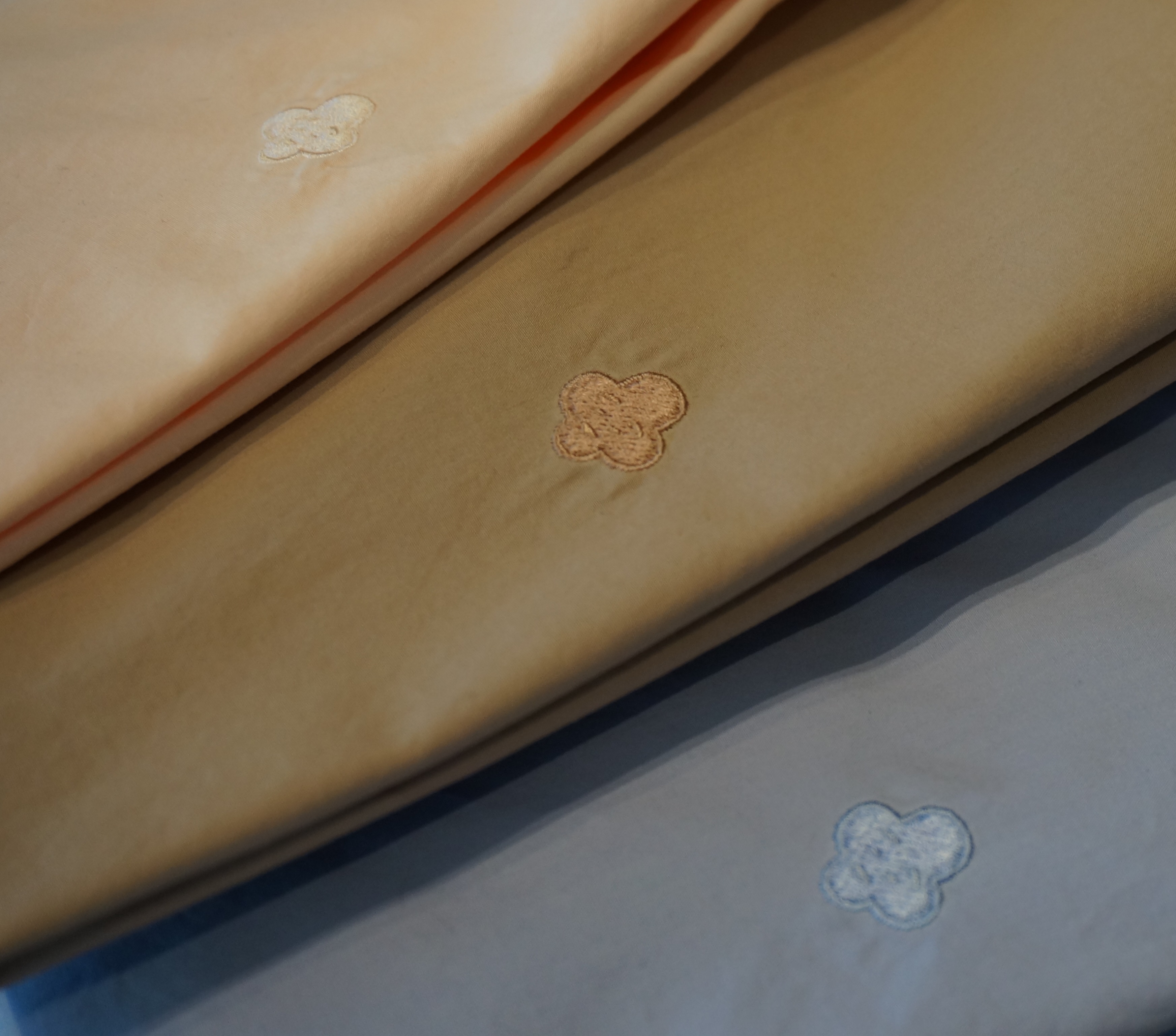NEWS
Style of IKIJI Part4
Which one is Iris or Rabbitear Iris?
2019/04/19 Fri
Style of IKIJI Part4
“Izure Ayame ka Kakitsubata?”
Which one is Iris or Rabbitear Iris?
(Equally beautiful and it’s a hard thing to choose between)
On May 5th, the Boys’ Festival(Tango no Sekku), there is a custom that people celebrate with decorating carp-shaped streamer and samurai armor miniature at home where there are boys.
And even at homes where there are no boys, there is custom, eating Kashiwamochi (sticky rice cakes with red bean paste fillings wrapped in oak leaves) and taking bath in Shobuyu (bath water heated with iris leaves in it)
This Shobuyu is quite old and has been introduced from China, and it is widely used as a medicinal hot water so as not to lose physical condition at the end of the transition from spring to summer, and it has been used from the court for the Boy’s Festival in Japan. It seems to be generalized as a custom for longevity and health in the Edo period.
During the Edo period, people lived in Nagaya(a row house) went to public bath in the evening of May 5 or in the morning of 6 and seemed to have enjoyed Shobuyu. Shobuyu is a kind of medicated bath and is a folk remedies intended to eliminate the disease with its unique smell, and it has become a popular feature of today as well as hot citron bath with the winter solstice.
In the Edo period,
There were HAIKU(Japanese poem) poetry composed as,
“ Sento wo numa ni nashitaru shobu kana” (hot bath became like pond with filled up iris leaves)
“Shobuyu ya shobu yorikuru chichiatari” (as hot bath is filled with iris leaves, it came nearer to my bust”
We wondered that the shobu (iris) leaves were full in the bath water.
The iris leaves used for this Shobuyu are actually belonging to “araceae family” and iris with beautiful flowers are belonging to “iris family”, it is confusing. And there is another “Ayame”(ayame iris), and a “Kakitsubata”(kakitsubata iris). In other words, only the Shobuyu iris (leaves) is another category. It is an example to use either when it is difficult to determine which to choose (ayame or kakitsubata, as both look alike) but this is also originally composed when lost and couldn’t decide choosing best one of the 12 beauties.
This season’s IKIJI continued developing botanical natural dyed shirts. First, the light cherry-colored “Sakura”, a representative of spring, and the beautifully colored “Fuji”(wisteria), which is also used as a traditional Japanese textile, and lastly, dyed up to a color that is said to be most suitable for Japanese skin color “Ayame”(iris). All shirts are the perfect allure for spring.
Really, there are so many great items, and we’ve put it out which is Ayame (iris) or Kakitsubata (iris)?
Naturally, the superiority and the inferiority are hard to find, and please see the color that suits your taste by all means at the store

